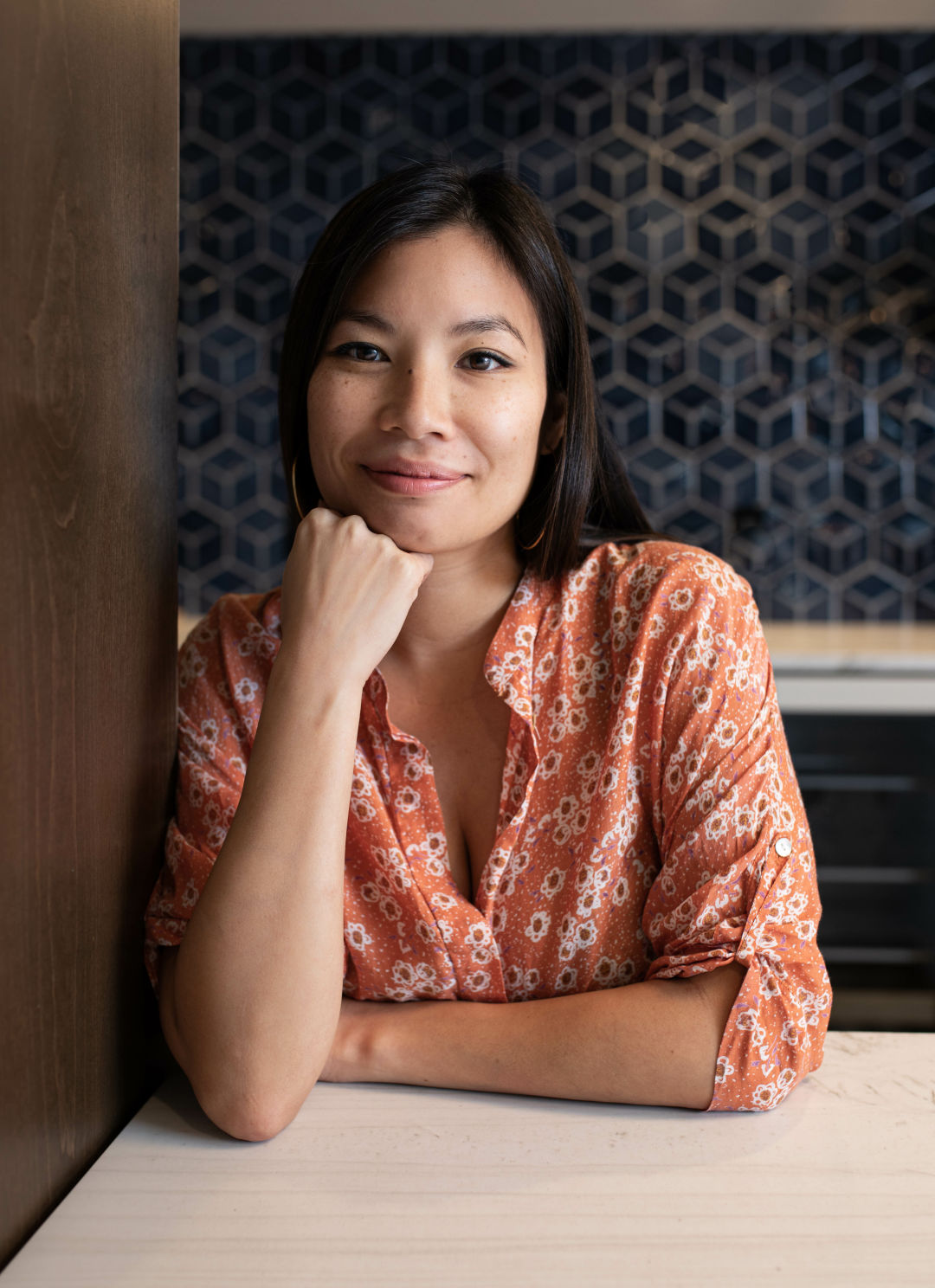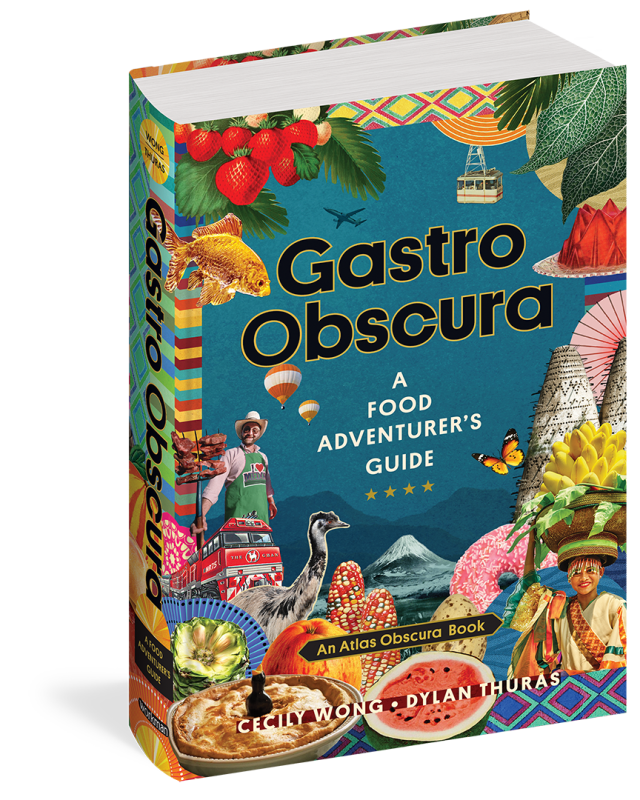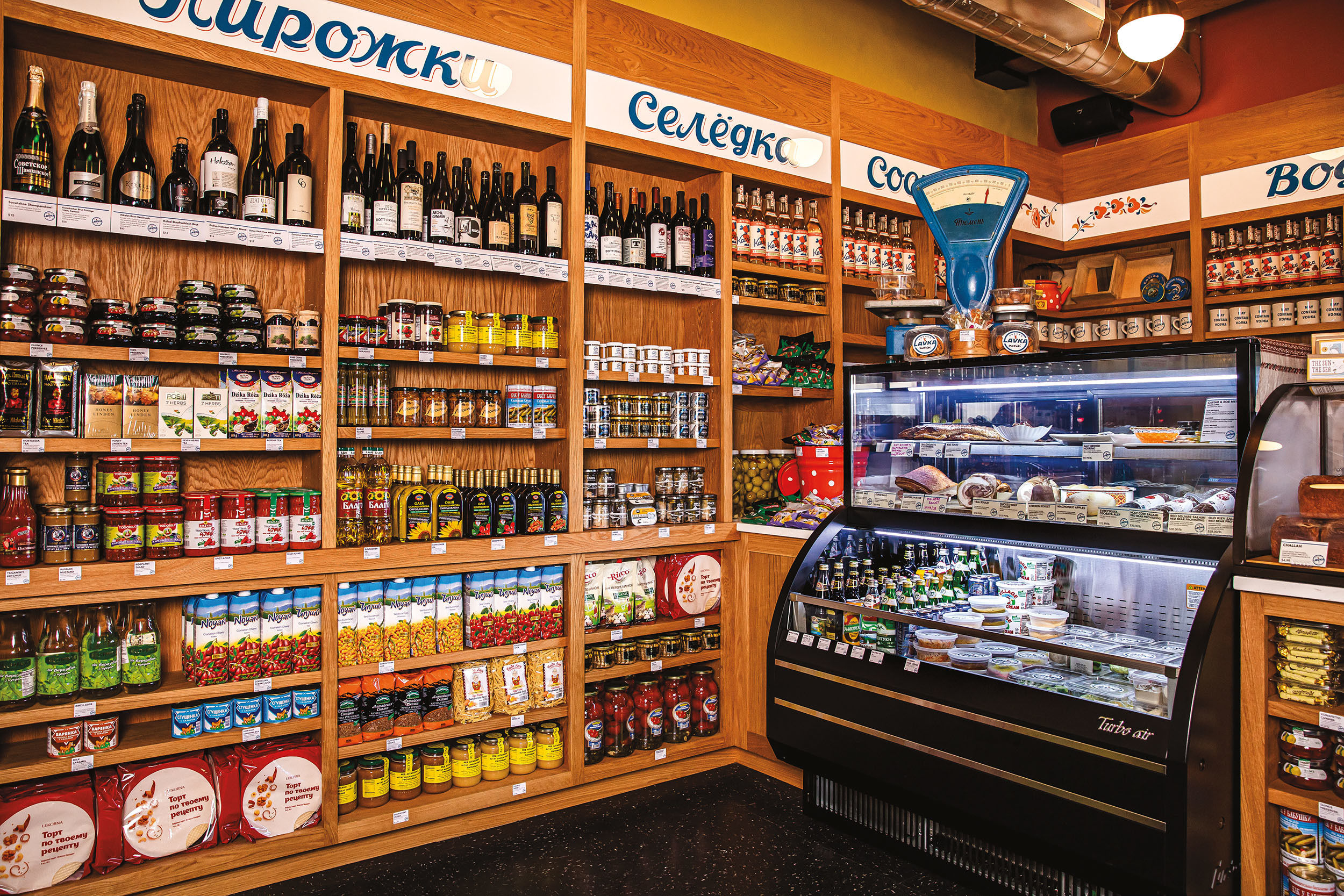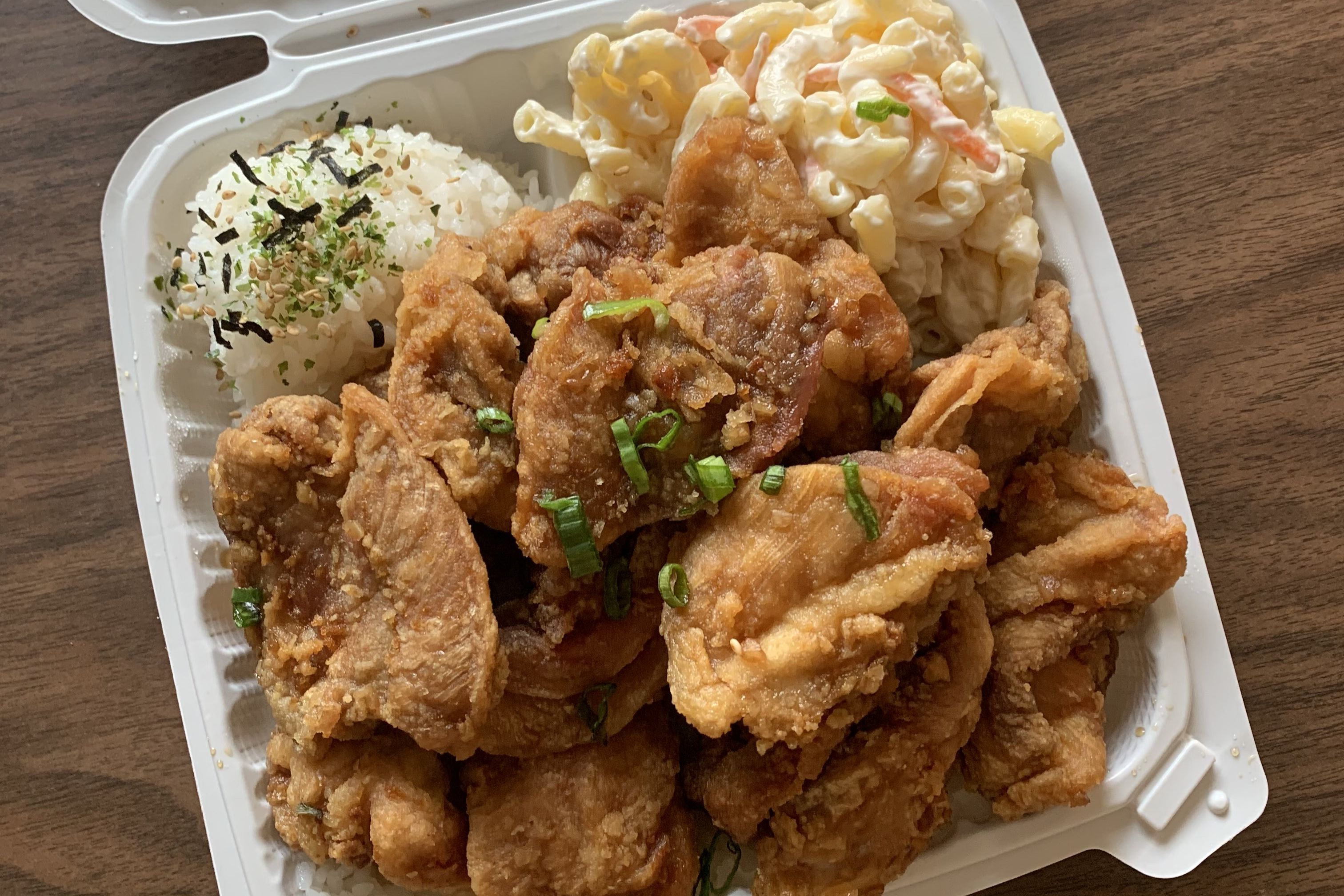A Portlander Wrote Atlas Obscura’s New Food-Obsessed Book, Gastro Obscura

Portland writer Cecily Wong co-authored Atlas Obscura's new book, Gastro Obscura
Image: Courtesy Heather Hawksford
Given that Portland is a city full of food-obsessed folks, it’s no surprise that the co-author of Gastro Obscura, a new encyclopedia-like book exploring food curiosities and history from across the globe, is one of us. Writer Cecily Wong, who writes for Gastro Obscura’s parent publication Atlas Obscura and authored the award-winning novel Diamond Head, hails from a Hawaiian plate lunch restaurant-owning family in Eugene, where she grew up helping in the kitchen and cultivated a lifelong passion for food. The book is co-authored by Atlas Obscura co-founder Dylan Thuras.

Gastro Obscura releases October 12.
Image: Courtesy Workman Publishing
At a time when travel is restricted, this 400+ page tome takes readers on an illustrated, intriguing worldwide journey through foods of the past and present: a map of fish sauce factories in the Roman Empire; a brief overview of “Yoshoku,” or Japanese Western food; a history of Senegalese eggrolls; a guide to burnt rice dishes from Puerto Rico, Colombia, Korea, and Iran; and a recipe for Benjamin Franklin’s favorite milk punch. Oregon gets a whole spread for its natural wealth of mushrooms, while Washington’s featured food is the giant phallic geoduck clam. Read it in bite-sized pieces, or binge the whole thing. The book, published by Workman Publishing, comes out October 12. On October 14, Powell’s Books is hosting a free livestream event with Wong and Portland food writer (and PoMo contributor) Liz Crain—you can sign up for the event here. We chatted with Wong about the upcoming book in advance of its release. This interview has been lightly edited and condensed for clarity.
How long did this book take to write?
It was about three years, and I had a lot of help. Right now, Gastro Obscura has about a thousand food entries and places on the website. Most of those are either crowdsourced—we have this really large community that writes in pretty much every day saying, ‘Check out this food that I ate,’ and then we have a team of editors that vet those submissions and decide what makes it into the Atlas. About half of the entries in the book are original from us [Thuras and Wong] that we just found during our research.
What was the research process like for you and Dylan?
We moved kind of systematically across the globe. We went continent by continent, and then within those continents, we did country by country, and we just started researching. We read a lot of blogs. We watched a lot of videos. We looked for users in the Atlas Obscura community who had contributed in these places. We talked to freelance writers who were based in these countries and familiar with the cuisine. And we just started patching it together that way. And then as we moved across the globe, we started kind of drawing connections between staple ingredients that were used in cuisines across the whole world. One of the more fun parts was putting together these, we call them sidebars, where we found something really kooky—a forgotten cultural history, or a food pioneer, or someone who's just contributed something really eccentric, or overlooked to the world of food.
What was one of your favorite sidebars in the book?
There’s this butter sculptress from the 19th century—her name is Caroline Shawk Brooks. She started by making these little shell-shaped butters for her neighbors to raise money, and then she started doing these like large shows where she would sculpt in butter to a brass band, and she would do it live and do busts of presidents. People were saying, ‘You gotta move out of butter and try something else like stone.’ So she went to Italy and tried other mediums, but she was like, ‘No, my true passion is butter.’
Have you found any of the dishes from the book here in Portland?
What's cool about Oregon and the Portland food scene specifically is that I found a lot of foods from the book that are available here. Kachka has Herring Under a Fur Coat, which is in the database. It's this beautiful salad, it’s layered, and it has potatoes and smoked herring and shredded beets, and it's got this fun origin story. It was invented on New Year's Eve right after the Russian Revolution in a bar. The bar patrons were arguing and getting into fistfights and breaking china and windows, and the bar owner was like, ‘This has to stop. I need to make a dish to sober them up.’ He invented this Herring Under a Fur Coat dish because it's starchy and it's got protein and a lot of mayo, to kind of settle down his patrons so they would calm down a bit.
There’s an entry in the book about rou jia mou, which is a Chinese sandwich. It dates back to 200 BC. It’s believed to be the oldest sandwich in the world. It’s like a ubiquitous Chinese street food, but there are two places you can find it here—where I had it was Danwei Canting, and there’s another place called Master Kong, which I haven’t been to yet.
Also, this is like the holy land for a plate lunch. There's so much of it. And so good—like as good as in Hawaii, really. I have two favorites—one is Grind Wit Tryz. I usually get the poke and the meat jun, which is a Korean dish but I’ve actually only seen it in Hawaii. It’s really thin steak that’s been floured and egged and pan-fried, and served with this sweet sesame soy sauce. That’s a comfort food for me. At Smokin’ Fire Fish, I really like their kalua pork and their Korean fried chicken.
What are you hoping readers will get out of this book?
It’s a weird time right now for traveling, but there are a lot of things that are just kind of fun to learn about through this book. There's a lot of food histories and forgotten cultural traditions and wacky stories about people and adaptation and how people have prepared foods in interesting ways, and that's a great thing to sit down with right now and feel excited about visiting as soon as it’s time.
Meanwhile, there are a few dishes in the book that Dylan and I have been playing around with trying to cook. One of them is this whole pumpkin custard. It's a Cambodian New Year's dish. Basically, you take a whole pumpkin and you hollow it out, and then you fill it with coconut custard and then you steam the whole thing for 40 minutes to three hours, depending on how big your pumpkin is. And then you slice it, and it all holds together in this glorious way. It's always nice to have something to look forward to, and this book is just filled with those things.




